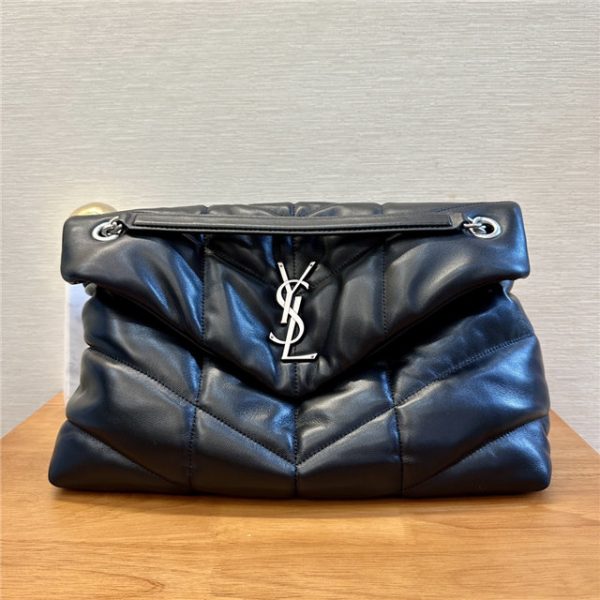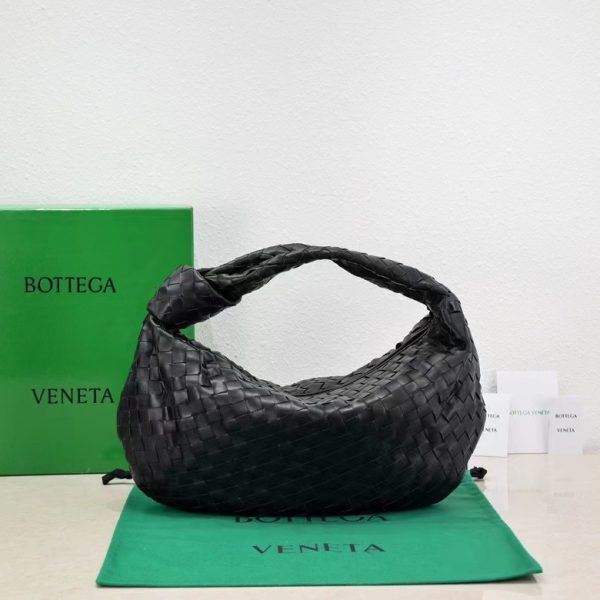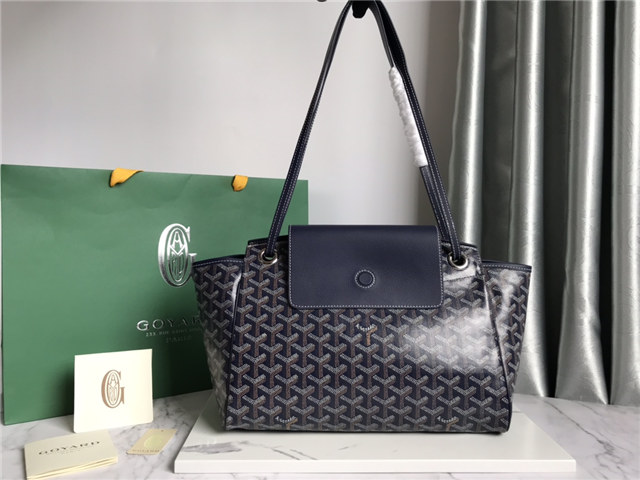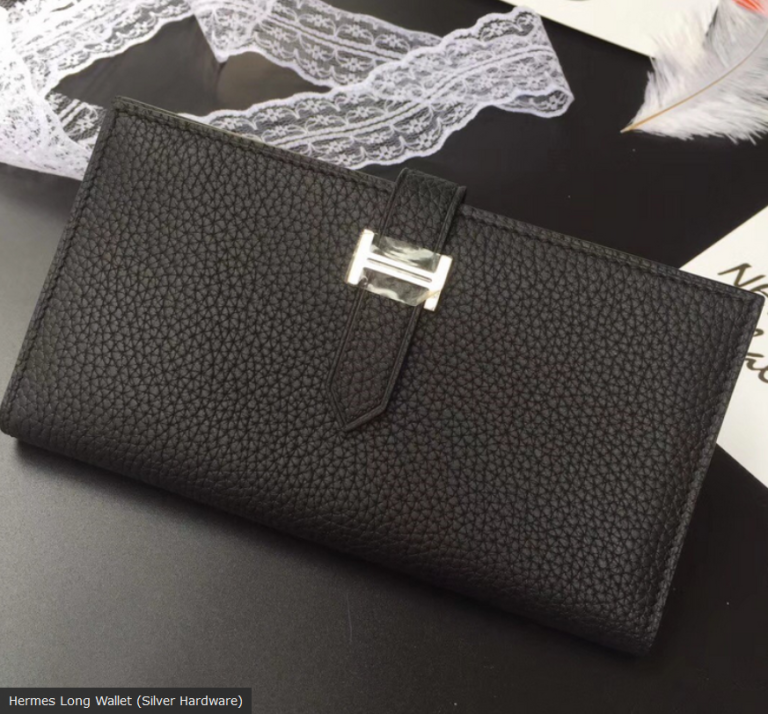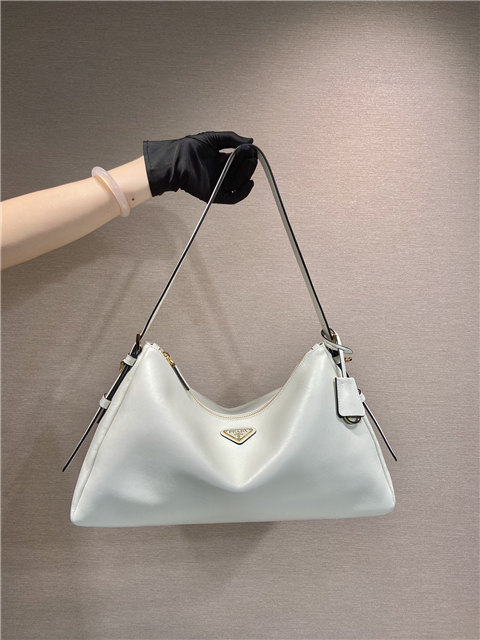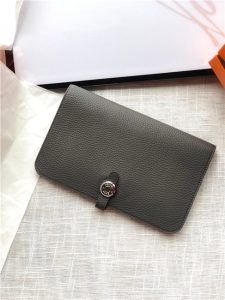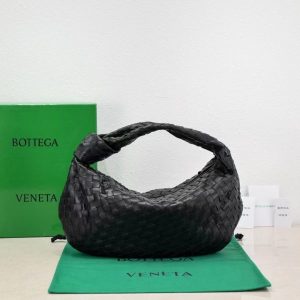I gotta admit, I’ve always been a little fascinated (and maybe a little judgy, no lie) about the whole replica watch scene. Like, why *not* just save up for the real deal? But then again, I’ve seen some of these “super clones” up close, and honestly? My jaw kinda dropped. We’re not talking about those gas station specials anymore, folks. This is a whole different ballgame.
Apparently, the key is deconstructing the actual, genuine Swiss watches. I saw one site mention they use CAD/CAM and reverse-engineer EVERYTHING down to, like, 0.01mm! That’s insane! It’s like, they’re taking apart a real Rolex and then painstakingly rebuilding it, but with, y’know, potentially cheaper materials (though some claim to use 904L steel, which is supposedly what Rolex uses!).
But here’s the thing that gets me: the *accuracy*. The sites boast about “Swiss precision” and “wearable masterpieces.” And honestly, from what I’ve seen online, they’re not entirely wrong. You can find these “super clones” with Swiss movements, supposedly. Now, whether those movements are *actually* Swiss-made, or just *assembled* in Switzerland… that’s another question entirely, and where things get a little murky, if you ask me.
And that’s the crux of it, right? Transparency. Like, where’s the line between “affordable luxury” (as one site put it, bless their heart) and outright deception? I mean, if you’re buying a replica and *know* it’s a replica, cool. No judgment. But if you’re trying to pass it off as the real thing… well, that’s a different story.
I saw one blurb hinting at how the fake watch industry is improving production accuracy. It’s kinda scary how good they are getting, ngl. Like, how are they managing to get so close to the real deal? Are they hacking into Rolex’s design files? Stealing secrets from Swiss watchmakers? Probably not (hopefully not!), but the fact that they’re able to reverse-engineer to that level of detail is kinda mind-blowing.






